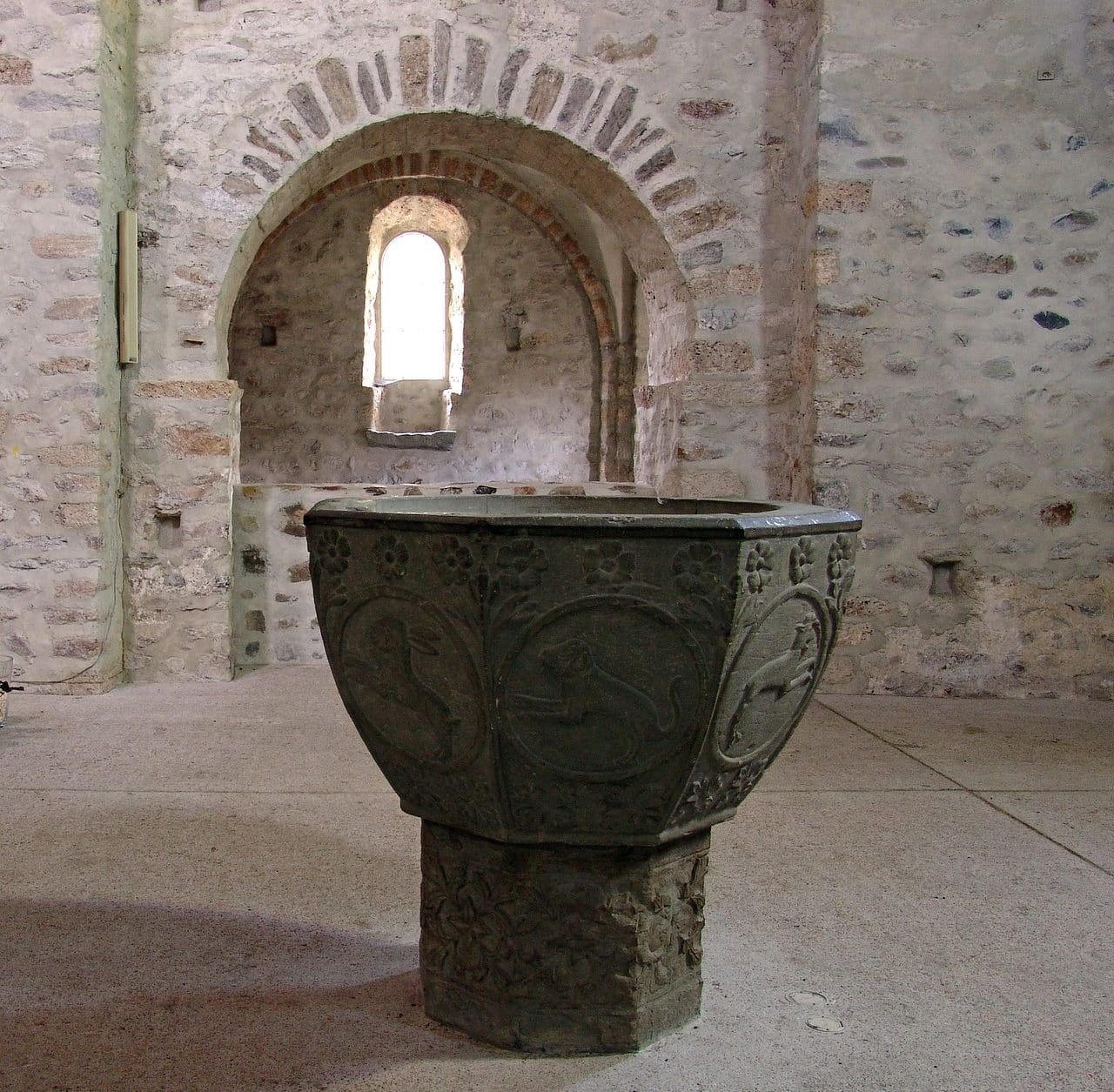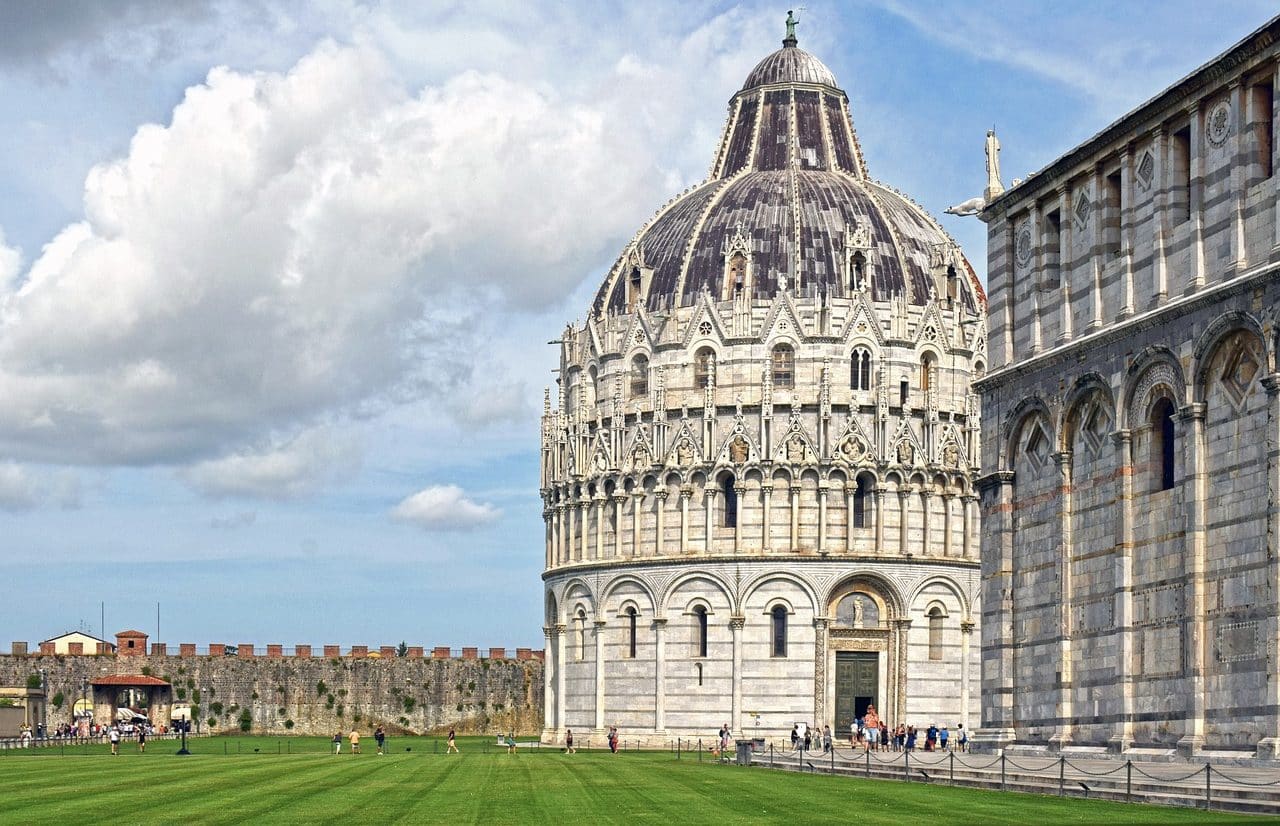
The baptistery is the place where the baptismal font is located.
The baptistery is the site where the baptismal font is located: the stone or container used in the administration of the sacrament called baptism . The term comes from the Latin baptisterĭum , in turn derived from a Greek word.
The notion is also used to directly name this stone and the building near a temple that, in ancient times, was used to administer baptism.
What is a baptistery
To understand what a baptistery is, ultimately, we must understand the notion of baptism . This is the name given to the first sacrament that is administered in numerous Christian Churches and that marks the entry of the one who receives it into the community of faithful. Baptism usually consists of pouring a little water on the head of the person being baptized.
The baptistery, in this framework, can be the baptismal font (the container that contains the water in question), the sector where this element is located or the construction that is intended for carrying out baptisms.
In the latter case, baptisteries are small temples that are usually located next to larger ones or that may even be inside them. Until the 17th century they used to be independent buildings, although later they began to be integrated into churches .

The building near a temple that was formerly used for the administration of baptism is called a baptistery.
Classification according to type
Within the list of baptisteries located in Italy , it is possible to establish a classification according to their shape and design, as can be seen below:
- Octagonal Baptisteries : such as those in Parma, Bergamo, Milan, Cremona, Verona and Ravenna .
- Baptisteries with a quatrefoil plan : that of the city of Biella , in the Piedmont region.
- Baptisteries with a circular plan : those of Pisa and Nocera Superiore.
- Baptisteries with a hexagonal plan : those of Siena and Aquilea .
Examples of baptisteries
An example of a baptistery is the Baptistery of Saint John , which is located in the Piazza del Duomo in the Italian city of Florence . In this place, which has been classified as a minor basilica , the poet Dante Alighieri was baptized.
The Baptistery of San Juan is also well known for its three groups of bronze doors , which have incalculable artistic value. In addition to the already mentioned poet, all Catholic Florentines born until the 19th century received baptism in this building.
For many decades, various scholars supported the idea that the Baptistery of San Juan had originally been a Roman temple built in honor of the god Mars , the entity that protected ancient Florence . Although this idea was attributed to Alighieri , it was actually proposed by the historian Giovanni Villani .
On the other hand, there is the Baptistery of Saint John built in the French city of Poitiers in the 4th century . To date it is considered the oldest of the Christian monuments; In fact, there are not many others that preserve the appearance they had in the Merovingian era , which took place from the 5th to the 8th centuries .
At first, the Baptistery of Poitiers was a Roman house; It was demolished in 276 , and its central part was built on its foundations, almost a century later. In 507 , as a result of the damage that the Visigoths caused during their occupation, the restoration process began.
The Baptistery of Pisa is also very popular today. Its construction began in 1152 and lasted more than two centuries. Statistics indicate that, among the independent baptisteries, it is the most recognized internationally. The baptistery active until 1152 was much smaller in size and the new one was erected to replace it. It should be noted that the cathedral was built first and, once the baptistery was finished, work on the tower began.
